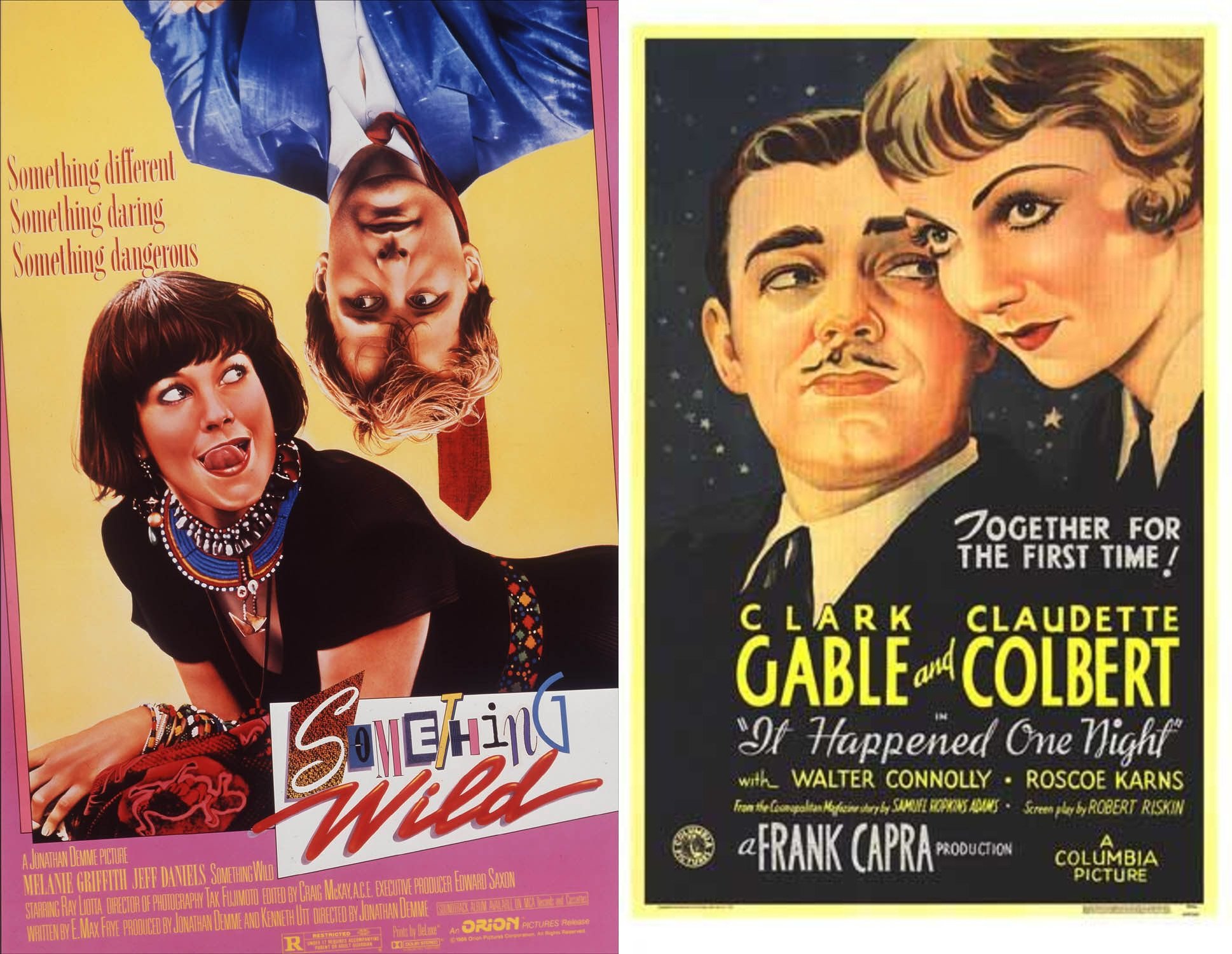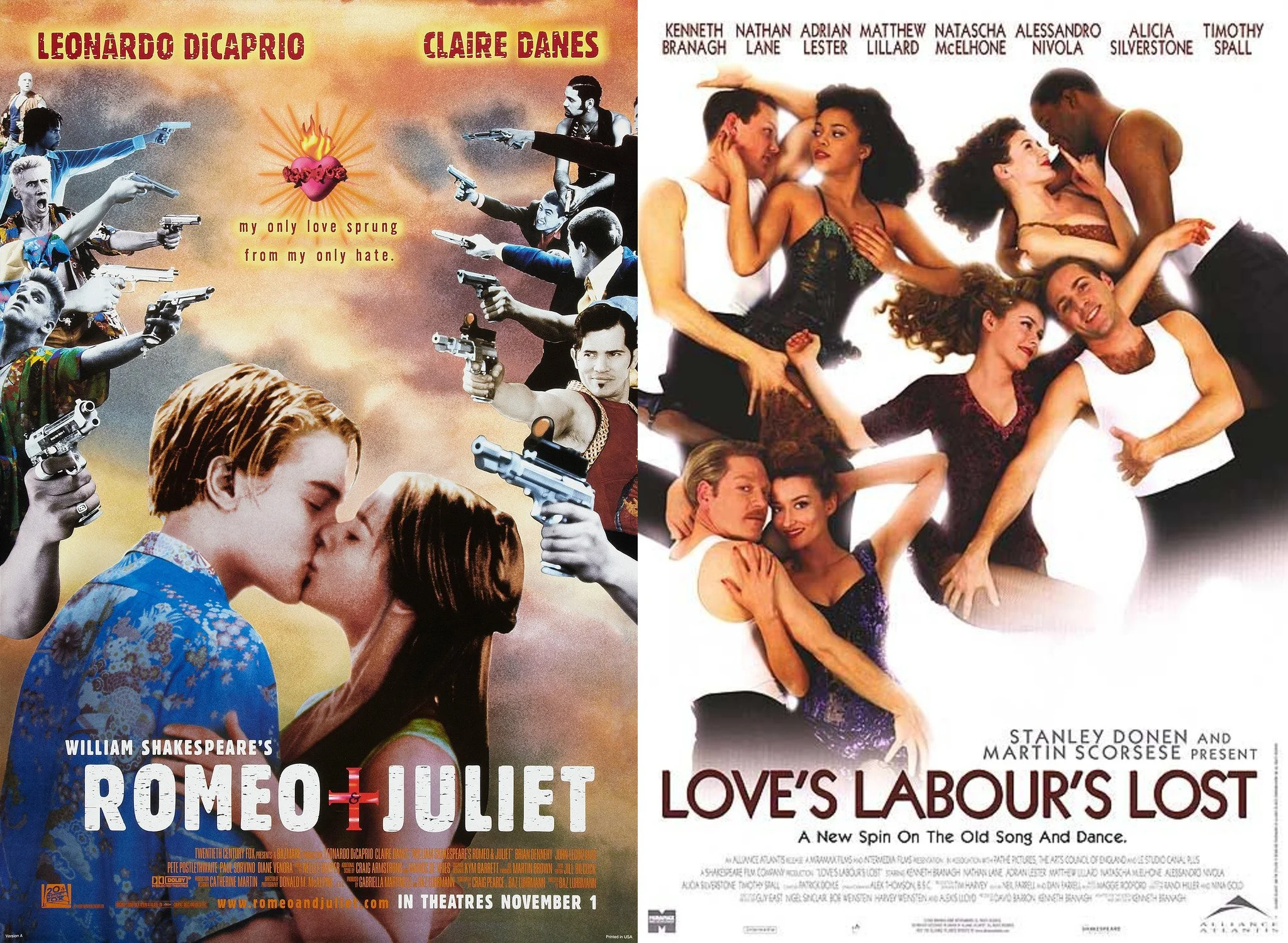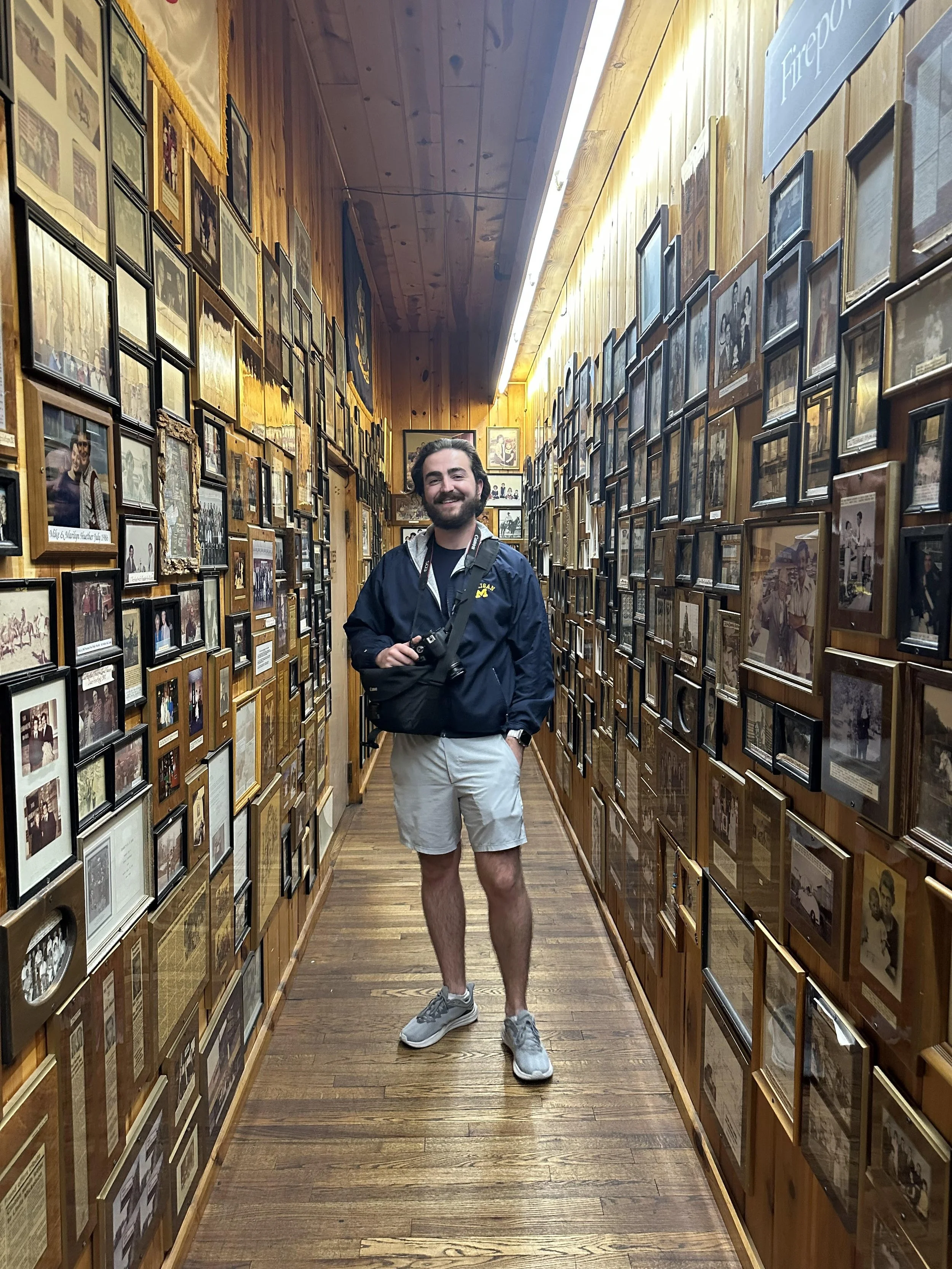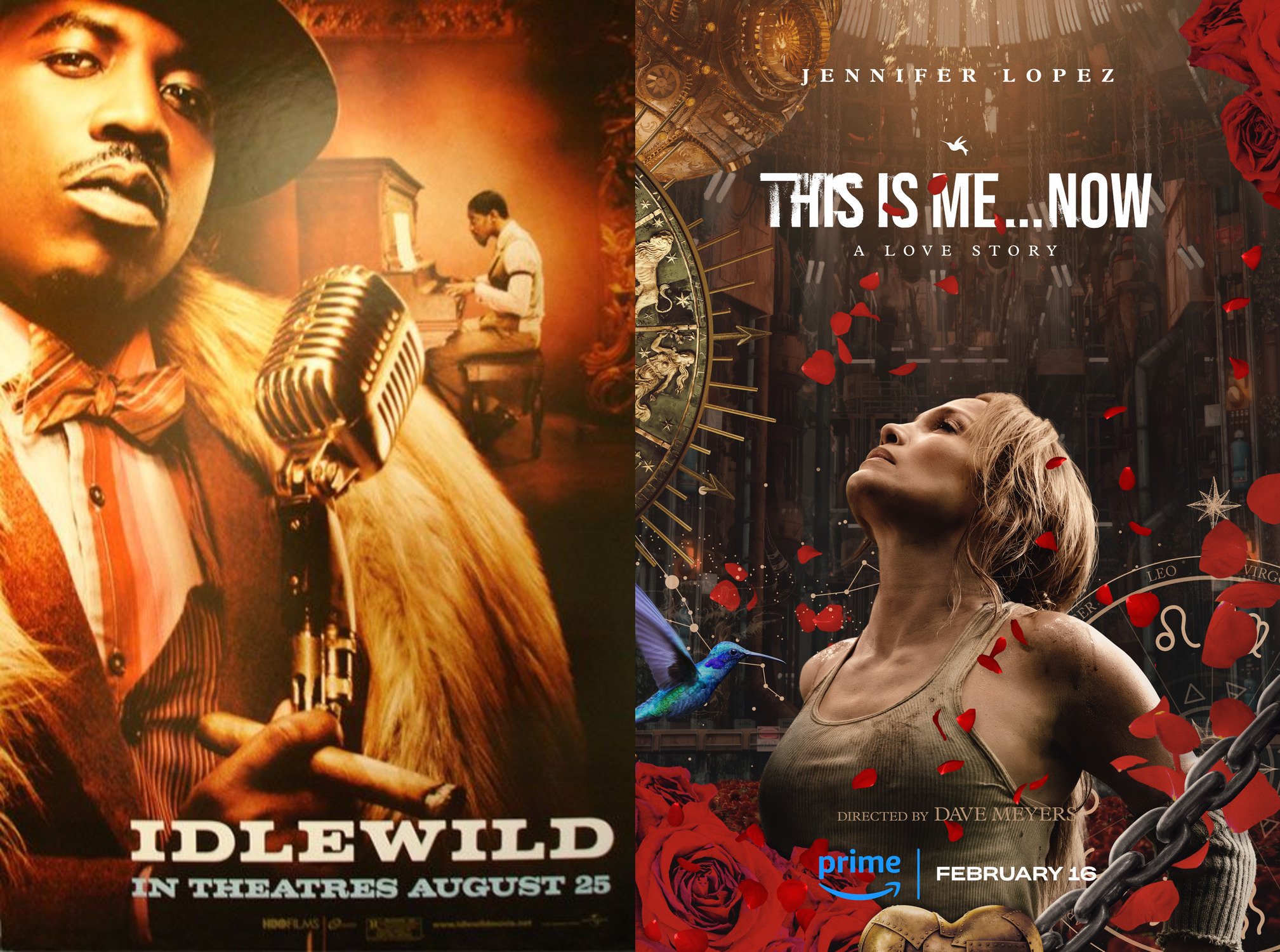Love Month: An Alternate February Calendar
We love love here at Hyperreal Film Club, but we also love movies (shocker, right?). For February, we showcased some of the very best of the romance genre along with an action-packed Black in America series. From the film that puts the queer in Querelle to the greatest love story ever told (Double Team), from the rightfully beloved In the Heat of the Night to the wildly underrated Idlewild, Hyperreal was hyper-packed, but that doesn’t mean we don’t have even more films to recommend your way. Here’s how to keep that loving feeling continuing through March.
Querelle—Pink Narcissus
Are you seeking films that emphasize the sex in homosexual? Were the blood-’n’-semen-stained soundstage streets of Fassbinder’s Querelle not enough to soothe your sweaty soul? Does the dainty puce-robed faggot in your heart crave something closer to the perfumed esotericism of Kenneth Anger than Tom of Finland’s leather-wrapped pleasures? You, my friend, are searching then for Pink Narcissus, one of two feature films directed by photographer and artist James Bidgood.
Filmed over seven years entirely within the confines of Bidgood’s apartment, this “erotic poem” follows a young sex worker as he daydreams through a parade of self-fulfilling fantasies, all shot with Bidgood’s trademark eye for color and splendor. The sets and costumes are a wet dream for production design fetishists; their detail rendered only more impressive by the confines of Bidgood’s shooting space. In every aspect the film proves surreal, beautiful, and just plain horny; Narcissus slinks from vignette to vignette with the artistic grace of a blooming flower and the sexual subtlety of a sledgehammer. After all, who says public urinals and cumshots can't exist in realms of the ethereal?
Note: Pink Narcissus receives my highest recommendation, but for first-time watchers I recommend deeper diving to avoid the butchered version freely available on the Internet Archive. Cropping any part of this movie’s frame is a prosecutable crime!
In The Heat of the Night—Top of the Heap
Two movies about Black cops navigating the systemic violence and racism of the police and the society that built it—released five years apart with the 1968 assassination of Martin Luther King Jr. in between—could not be more different in the way their protagonists move and their messages convey.
In the Heat of the Night is an all-timer, celebrated for its absolutely towering performances and THE master class in dignified restraint masking boiling, righteous rage from Sydney Poitier. For all its grim and troubling content, and despite the horrific treatment of Poitier’s Mr. Tibbs at the hands of his (we want to say caricature but we know they’re not) Mississippi police colleagues, the drive of this movie is ultimately optimistic, fitting a major studio release in 1967 (also, always). Talent, grit, and a hard-fought tablespoon of empathy can bring us together, the movie says.
1972’s Top of the Heap has no such illusions or aspirations. It’s a ragged, throat-torn cry of rage with no easy answer at the end except one—the struggle is forever, or until the tower is tumbled. A double feature of these two movies can serve as a sort of primer on insider vs. outsider art. The former, in order to access the funds and resources and structure (and audience) that give it insider status, must always reinforce the worldways that enable its existence by its conclusion, no matter how much it veers around in the middle acts. Outsider art, though, has the freedom to chip away at the foundation without replacing the mortar before the credits. As the poet said, paraphrased, “It takes all of us pushing at the thing from all sides to knock it down.”
Something Wild—It Happened One Night
While gearing up to watch Something Wild, why not watch one of the best rom-coms of all time? Frank Capra’s It Happened One Night (one of only three films to win all five major Academy Awards) created many romantic comedy tropes, including ones seen in Something Wild over 50 years later. Both films use a road trip gone amuck as the basis for the storyline, and feature romance between two “opposite” people. Like the lead characters in Something Wild, Clark Gable and Claudette Colbert both play adults trying to escape the confines of their lives imposed by class and social expectations. It Happened One Night is charming, saucy, and off-beat in a way Jonathan Demme would later crank up with '80s sensibilities in Something Wild.
Cats—Foodfight!
If you're genuinely interested in further reading on feline-themed musicals after 2019’s Cats then I recommend 1962’s Gay Purr-ee; a treasure trove of charming animation featuring Judy Garland, Robert Goulet, and a pretty incredible villain song. For the rest of us, for those lovely little freaks who can't get enough of anthropomorphic animals and upsetting visuals and the sort of film which might leave you worse for having seen it, then I offer 2012’s stone-cold classic Foodfight!; a magnum opus of computerized trashterpieces in the 21st century.
The brain boggles at any attempt to write about Foodfight! like a normal film; a combination Toy Story and Casablanca rip-off pitting grocery brand mascots against Nazi analogues cannot be conventionally categorized, cataloged, or reckoned with. It can, however, be watched in the sense that your eyes and ears can absorb it even if your mind cannot. Originally set for release in the early 2000s, Foodfight! was reconstructed from scratch after the project’s visual hard drives were wiped in what writer-director-producer Lawrence Kasanoff described as “industrial sabotage.” Most creators would resign themselves to this act of divine intervention, but Kasanoff powered ahead with nearly decade-old line readings from Hillary Duff and Charlie Sheen to resurrect his crass brand-synergized phoenix from the ashes. Remarkably stupid, bizarrely sexual, and unpleasant from pretty much every angle, Foodfight! reigns supreme on the Mount Olympus of deliciously janky cinema.
Foxy Brown—Medium Cool
Decades after her 1970s blaxploitation heyday in films like Foxy Brown, Pam Grier ascended to the A-list following her starring turn in Quentin Tarantino’s Jackie Brown. The film resurrected another career—that of Robert Forster, star of the 1968 fact-and-fiction mashup Medium Cool.
As disparate as they may seem on the surface, both films navigate the tense, choppy waters in the wake of the civil rights movement—police state paranoia, Black Power organizing, and haunting presence of MLK. Foxy Brown presents its tale with a grindhouse-flavored social awareness, while Medium Cool leans into a critical view of establishment media.
Forster plays a hotshot news cameraman covering his beat in Chicago—car crashes and human interest stories. In an early scene, he films police preparations for the upcoming Democratic National Convention, which Mayor Richard Daley expects to attract out of town agitators. Director Haskell Wexler, known as a cinematographer for films like The Conversation and Bound For Glory, shot a wealth of footage at the actual convention, and captures both the battle for the streets between cops and protesters and the resulting media circus.
The journalists in the film are cynical, questioning whether in-depth quality news is what the public really wants. “They’d rather have 30 seconds of someone getting their skull cracked,” one quips. Wexler explores the tension inherent in the cameraman’s job, documenting events without influencing them. He also captures a remarkable historical moment, the early fractures in the American psyche that have reached truly surreal dimensions today.
Romeo+Juliet—Love’s Labour’s Lost
After his four hour Hamlet adaptation was eclipsed by Romeo+Juliet at the box office in 1996, Kenneth Branagh decided to loosen up his approach. Love’s Labour’s Lost is Branagh’s fourth adaptation and the one that takes the most liberties with the material. Whereas Romeo+Juliet finds its comedy by combining Shakespearean dialogue with something very different and jarring (‘90s beach gangsters), Love’s Labour’s Lost picks up on a cultural resonance between Shakespeare and golden age musicals, through the bridge of theater. It’s a 1940s fever dream that breaks up Shakespearean verse with news clip dramatizations and jukebox songs by Porter, Berlin, and Hammerstein. Musical theater nerds will enjoy the synchronized swimming sequence, screwball humor, and presence of Nathan Lane. And while Branagh doesn’t quite nail camp and his actors don’t quite nail the singing, watching them try is kind of funny.
Under the Tuscan Sun—Last Holiday
At the end of a long day, looking down the barrel of a long life, sometimes you just need a dependable movie and a glass of wine to transport you somewhere else. Specifically, Europe. Last Holiday and Under the Tuscan Sun are grown woman classics in which a heroine with nothing left to lose drops everything to find herself abroad. In Last Holiday, cautious introvert Georgia Byrd (Queen Latifah) finds out she only has weeks to live and decides to withdraw all her money and live life to the fullest at a luxury spa in Czechia. She charms the colorful locals with her integrity and passion, calls out the snobby guests for their elitism, and grapples with the reality of her impending death. Like Under the Tuscan Sun, Last Holiday is a cozy, life-affirming rom-com for hard times, low moods, and cold seasons.
Snow on tha Bluff—Reminiscences of a Journey to Lithuania
Documentary filmmaking is a powerful tool—it can teach you about things you’ve never known or put you right in the center of experiences you may never encounter. Snow on tha Bluff is a mockumentary, but not in the typical comedic sense. It’s grounded and works like a window into someone’s life. The film follows “stick-up boy”, Curtis Snow, as he chronicles his life in The Bluff, an Atlanta neighborhood. Instead of someone telling us about The Bluff, the movie shows us what this place is, and who the people who live there are. To the viewer it’s a gritty and realistic depiction of Atlanta’s street life and the poverty stricken community. To those who live in The Bluff, this is mundane normal, everyday stuff. Stick with me here: Jonas Mekas’ Reminiscences of a Journey to Lithuania pulls the same trick. While a documentary proper, it's a look into the mundane life of a man who moved away from his home and decides to go back and film it for posterity sake. To the audience, this is a life they may never know. Slow, farm life, away from technology, the things that city slick millennials dream of retiring to. But to Mekas and his family, it’s comforting, but it’s nothing new. Although the two films don’t have much overlap thematically, it’s the look into the foggy window of a specifc experience that they both do so well that makes them a clashing, yet interesting double feature.
Double Team—Steel
I’ll level with you now reader, I am about to make a case for why you should spend your time watching Steel, the 1997, DC Comics-adaptated, Shaquille O’Neal star vehicle, overall mess of a movie if you enjoyed Tsui Hark’s Double Team. If you have any sense, you won’t listen to me and you’ll carry on with your life 97 minutes wealthier. But, if you're a mad man like me, grab a couple of friends, a couple of beers, and buckle up for a movie critics have described as “borders on embarrassing”.
At least on their surface, Steel and Double Team share a lot of characteristics. Both came out in 1997, and are fascinating time-capsules presenting a view into the cultural zeitgeist of the late ‘90s. Both are star vehicles for NBA players (Shaq and Dennis Rodman respectively) who, at the time, were dominant players looking to expand their cultural impact beyond their sport. Both are high octane action movies that discard realism for over the top thrills. Both are movies I can guarantee you won't forget soon after watching. While I cannot in good faith sit here and tell you that Steel is a good movie, that does not mean it is not worth a watch. An incredibly campy movie with an all-time questionable acting performance from Shaq, Steel is the perfect riff-with-friends movie. Beyond that, Steel holds a fascinating place in the history of Black superheroes in cinema, coming out the same year as Spawn and a year before Wesley Snipe's cult classic Blade. So my advice: give it a chance! I can’t promise you’ll like it, but that's up to you to find out… If you’re brave enough.
Idlewild—This is Me… Now
When hip-hop duo Outkast announced their film Idlewild, the concept wasn’t unheard of. Musicians had been crossing over into acting for years, so this wouldn’t be anything outside of the ordinary—but this was a musical with the group penning the soundtrack for the film alongside a score by composer John Debney. The film’s somewhat surrealist take on the life of two friends in the ‘30s would be big, bombastic and somewhat head scratching as to how they pulled it off. Fast forward ten years and we would see the debut of Beyonce’s Lemonade, a visual album that told the story of the cheating scandal between her and her husband, rapper Jay-Z. For all the gorgeous visuals and great music, Beyonce’s film took a more grounded approach which made sense for the project.
Fast forward again 8 years later and Jennifer Lopez would announce something that looked just as fast paced and insane as Idlewild with her visual album, This Is Me… Now directed by Dave Meyers. The trailer alone was an attention grabber, a confusing glimpse into the chaos that was taking place in J. Lo’s mind. The film itself is even more chaotic and entertaining, in a way that mirrored Idlewild’s fast paced set pieces and magical moments. In an effort to find love, J. Lo must fix her broken heart by entering a little factory inside of her heart to power the furnace of her burning love. Ben Affleck plays a reporter who spouts nonsense for the majority of the film. Celebrities cameo throughout the film and Fat Joe playing a therapist. This is probably the most entertaining view into a celebrities’ creative process in the film world we’ll see for some time, just as Idlewild was for its time.


















Morgan Hyde is a film programmer and completely normal woman operating out of Austin, Texas. Find her on all your favorite social media @cursegoat.